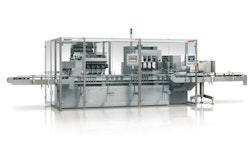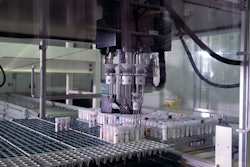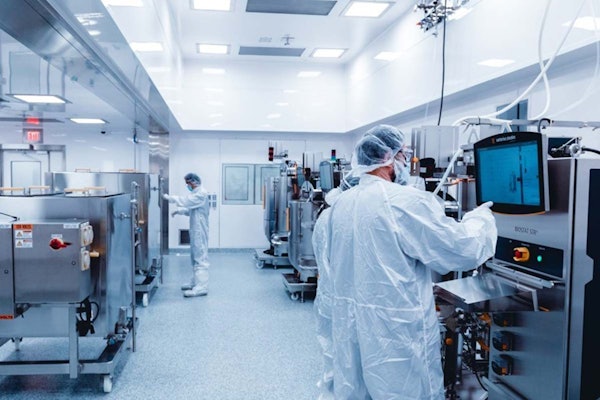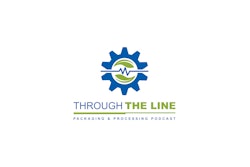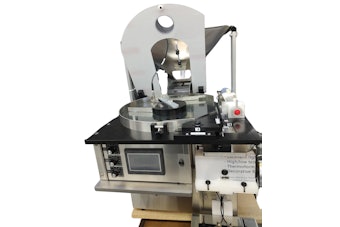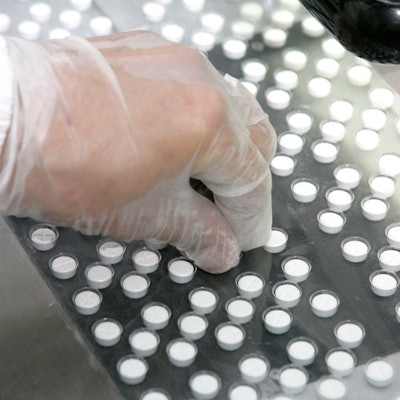
The year 2010 will be very different from 2009 in the area of employment. While 2009 will be remembered for the recession and unemployment hovering near double digits, that trend is turning around fast in the healthcare packaging world.
We've had 21 recessions in the U.S. since 1900, including four since 1980, and the employment pattern is fairly predictable. The first couple of quarters, everyone focuses on cost cutting, which will include a hiring freeze and possibly layoffs. Then companies realize two things: First, that it is a reasonable survival plan, but not a sustainable business model. Second, there will be an expansion phase (we've also had 21 of those since 1900), and there is nothing a CEO fears more than not being in position to capture market share during a recovery.
Since the healthcare industry is less sensitive to economic cycles than the overall economy, this employment pattern is accelerated in areas such as pharmaceutical and MDM packaging. Dick Simmons, medical business manager at Sealed Air Medical Applications, foresees adding sales, quality, and technical staff in the coming year. “We see healthy growth across our product lines,” says Simmons.
Rod Patch, worldwide packaging manager at J&J's DePuy Orthopaedics, agrees, assuming forecasts that show demand increasing in 2010 prove to be accurate. “2009 was a cautious year for resources,” Patch notes. He says that experienced packaging design engineers will continue to be in demand, driven by increasingly customized designs, automated packaging processes, and the wide range of materials now being used in healthcare packaging.
Universities are increasingly taking note of the need for skilled healthcare packaging professionals. Several schools offer programs in Packaging Science and courses in medical packaging, including Michigan State and the Rochester Institute of Technology (RIT).
Alison Tyler, technical director at Beacon Converters, is also an adjunct professor at RIT. Her course is centered on industry standards, ISO 11607 and TIR22. "I have a lot of fun teaching this course--Medical Products Packaging is a senior-level elective so the students have an interest in learning about medical device packaging and many are heading to a co-op or full-time job at a medical device or pharmaceutical company."
The students create a medical device—the sky is the limit on complexity and creativity--then use the industry guidelines to establish device attributes, sterilization techniques, distribution and handling, etc., to select materials, design the package, and design the protocols for assessing their choices. "Many of the students' final projects have been exceptional,” adds Tyler.
-By Paul Sturgeon
Paul Sturgeon, is a CPC and business manager at KLA Industries, a search firm specializing in the plastics and packaging industry for more than 10 years.
We've had 21 recessions in the U.S. since 1900, including four since 1980, and the employment pattern is fairly predictable. The first couple of quarters, everyone focuses on cost cutting, which will include a hiring freeze and possibly layoffs. Then companies realize two things: First, that it is a reasonable survival plan, but not a sustainable business model. Second, there will be an expansion phase (we've also had 21 of those since 1900), and there is nothing a CEO fears more than not being in position to capture market share during a recovery.
Since the healthcare industry is less sensitive to economic cycles than the overall economy, this employment pattern is accelerated in areas such as pharmaceutical and MDM packaging. Dick Simmons, medical business manager at Sealed Air Medical Applications, foresees adding sales, quality, and technical staff in the coming year. “We see healthy growth across our product lines,” says Simmons.
Rod Patch, worldwide packaging manager at J&J's DePuy Orthopaedics, agrees, assuming forecasts that show demand increasing in 2010 prove to be accurate. “2009 was a cautious year for resources,” Patch notes. He says that experienced packaging design engineers will continue to be in demand, driven by increasingly customized designs, automated packaging processes, and the wide range of materials now being used in healthcare packaging.
Universities are increasingly taking note of the need for skilled healthcare packaging professionals. Several schools offer programs in Packaging Science and courses in medical packaging, including Michigan State and the Rochester Institute of Technology (RIT).
Alison Tyler, technical director at Beacon Converters, is also an adjunct professor at RIT. Her course is centered on industry standards, ISO 11607 and TIR22. "I have a lot of fun teaching this course--Medical Products Packaging is a senior-level elective so the students have an interest in learning about medical device packaging and many are heading to a co-op or full-time job at a medical device or pharmaceutical company."
The students create a medical device—the sky is the limit on complexity and creativity--then use the industry guidelines to establish device attributes, sterilization techniques, distribution and handling, etc., to select materials, design the package, and design the protocols for assessing their choices. "Many of the students' final projects have been exceptional,” adds Tyler.
-By Paul Sturgeon
Paul Sturgeon, is a CPC and business manager at KLA Industries, a search firm specializing in the plastics and packaging industry for more than 10 years.




